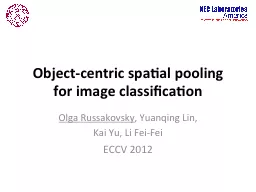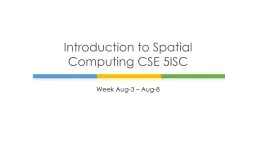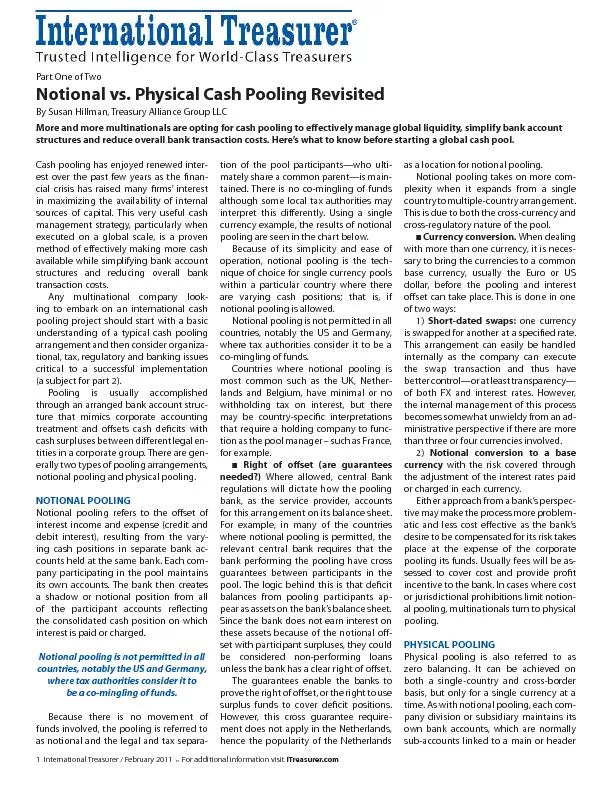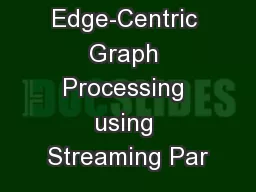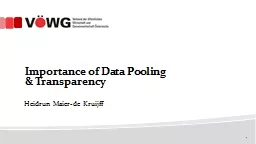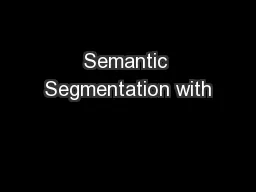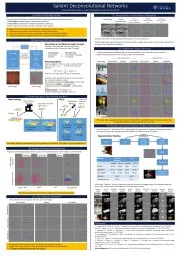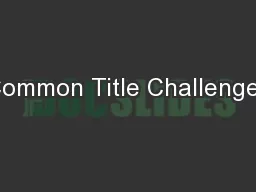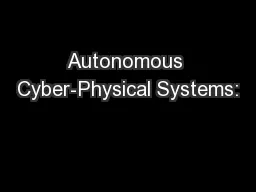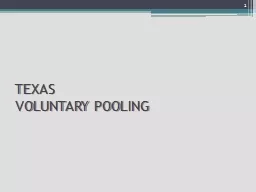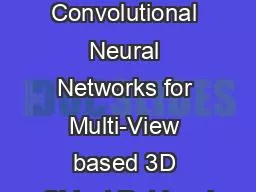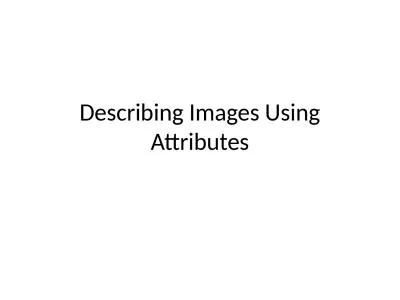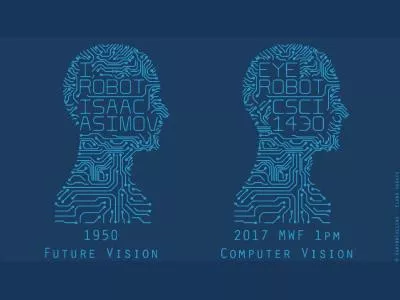PPT-Object-centric spatial pooling
Author : myesha-ticknor | Published Date : 2016-06-19
for image classification Olga Russakovsky Yuanqing Lin Kai Yu Li FeiFei ECCV 2012 Image classification Testing Does this image contain a car Yes Result Model
Presentation Embed Code
Download Presentation
Download Presentation The PPT/PDF document "Object-centric spatial pooling" is the property of its rightful owner. Permission is granted to download and print the materials on this website for personal, non-commercial use only, and to display it on your personal computer provided you do not modify the materials and that you retain all copyright notices contained in the materials. By downloading content from our website, you accept the terms of this agreement.
Object-centric spatial pooling: Transcript
Download Rules Of Document
"Object-centric spatial pooling"The content belongs to its owner. You may download and print it for personal use, without modification, and keep all copyright notices. By downloading, you agree to these terms.
Related Documents

